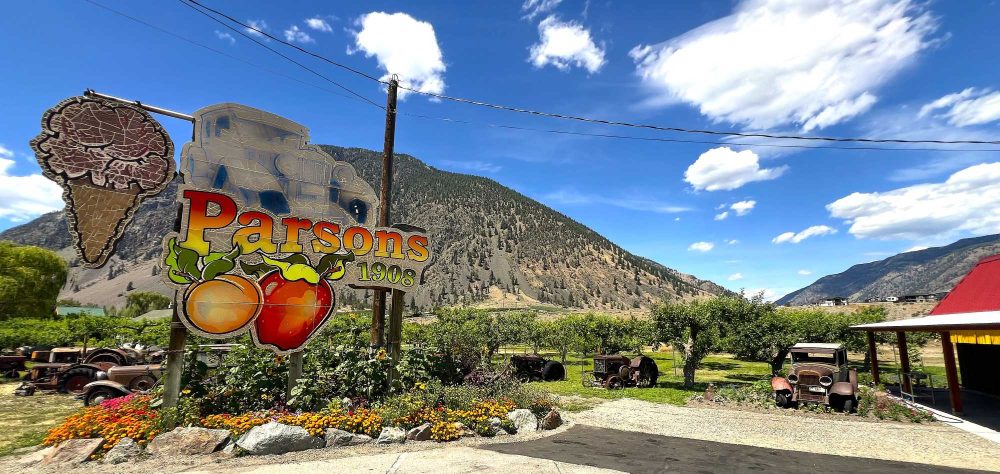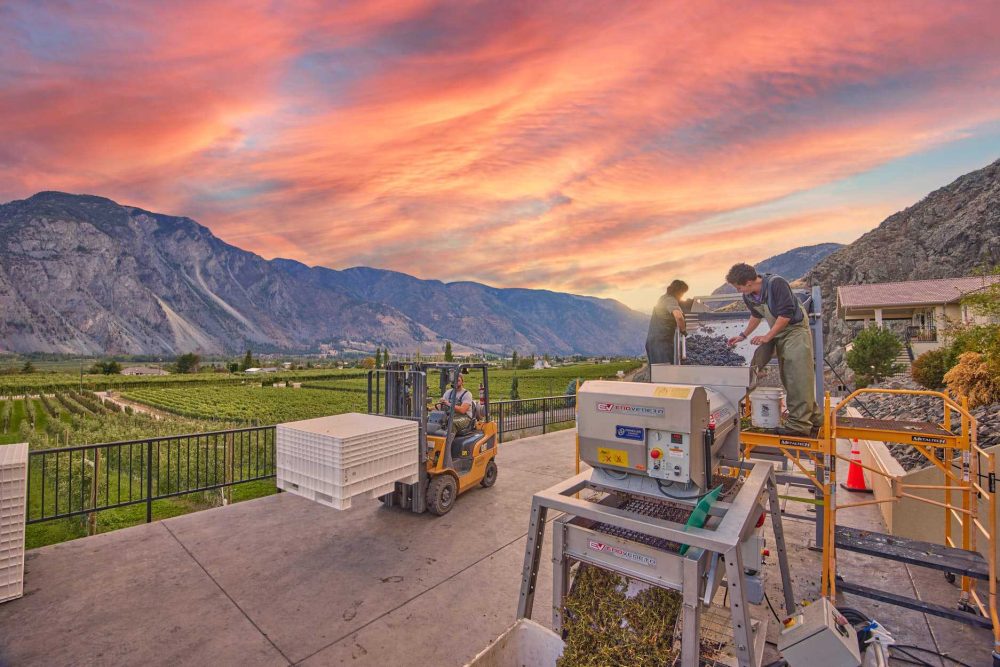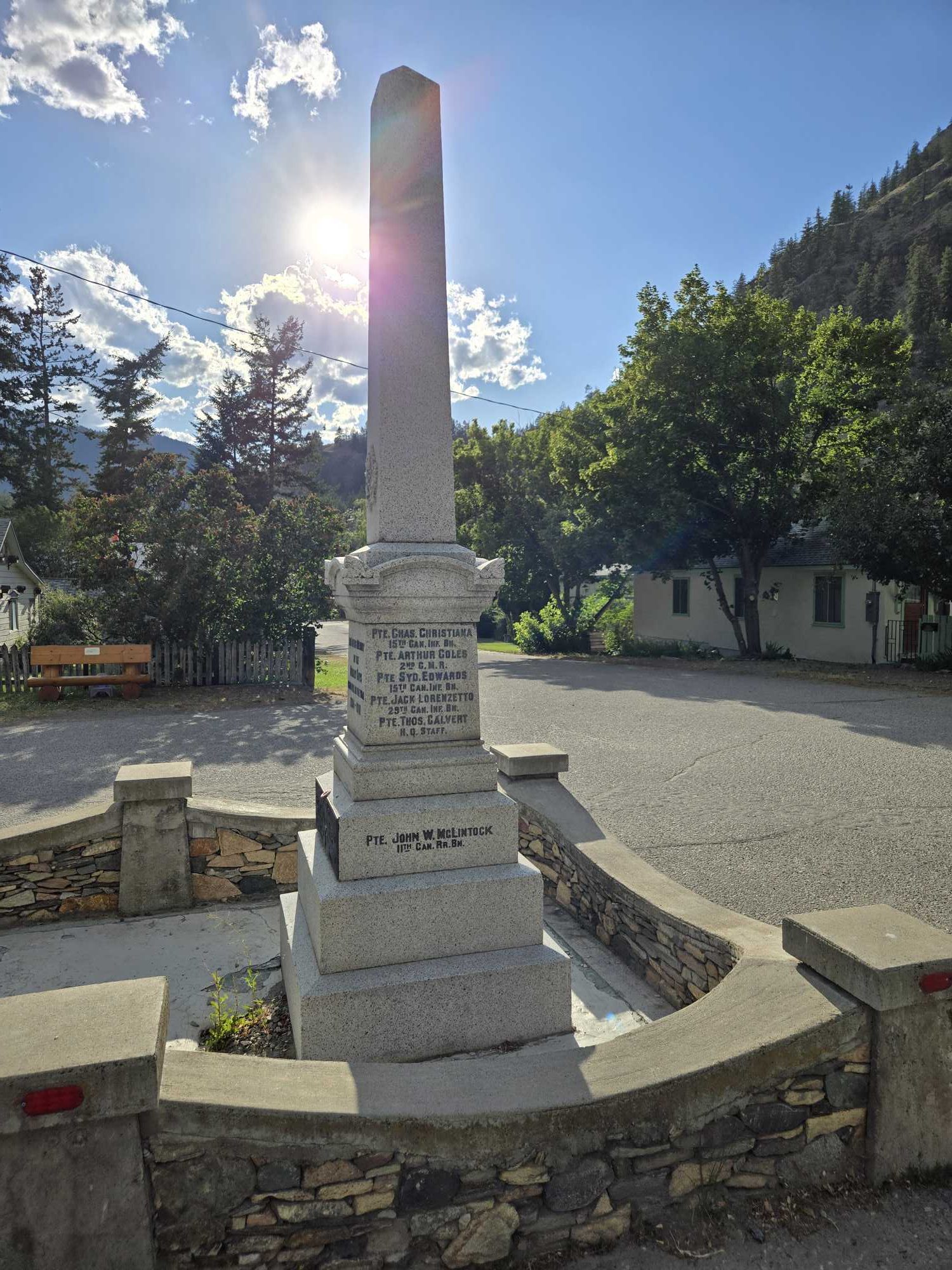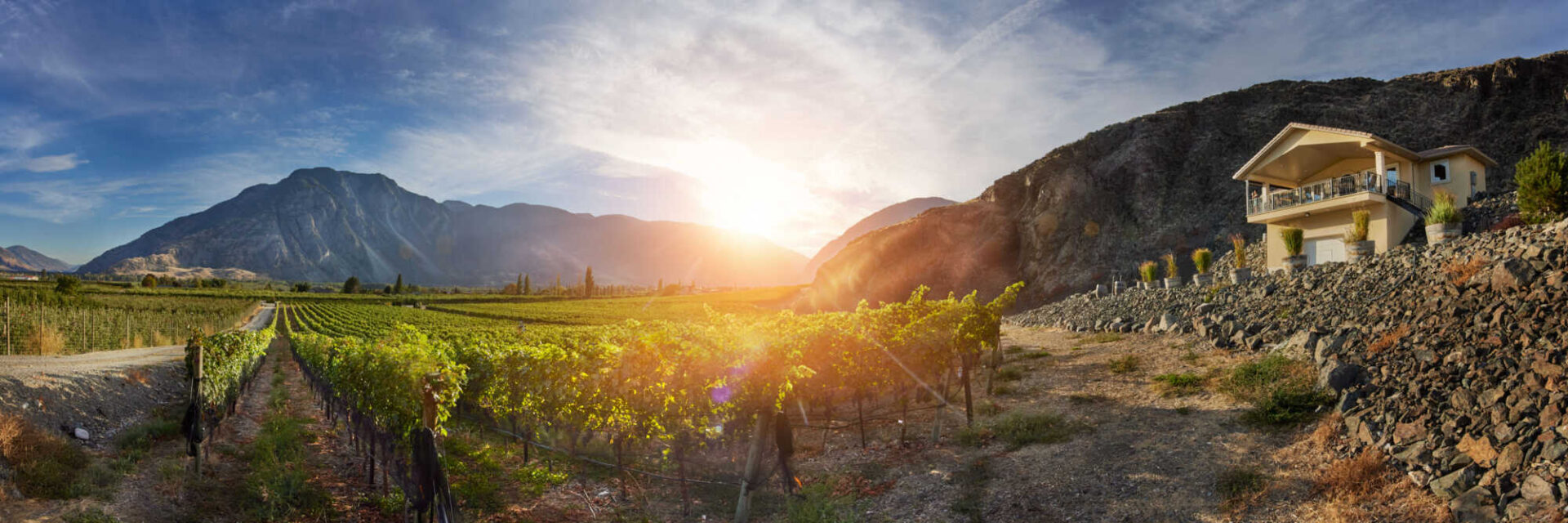Tucked between rolling mountains and winding rivers, the Similkameen Valley is one of British Columbia’s most scenic escapes. But beyond its rugged landscapes and panoramic views lies something even more meaningful: stories of resilience, tradition, and connection. For those who take the time to look beyond the surface, the Similkameen offers rich opportunities to experience culture in all its complexity.
This isn’t just a place to explore, it’s a place to connect.
The region lies within the traditional, ancestral, and unceded territory of the Syilx (Okanagan) Peoples. The Syilx Nation includes the Upper Similkameen Indian Band (the Similamix People) in Princeton and the Lower Similkameen Indian Band (the Smelqmix People) in Keremeos. The upper reaches of the valley were also home to the Nlaka’pamux and their Scw’exmx subgroup. These Indigenous communities have lived on and cared for the land for millennia, and continue to do so today.

Indigenous Culture and Stewardship
The Similkameen Valley is deeply rooted in its Indigenous presence, knowledge, and ways of life that have shaped the region for countless generations. Archaeological evidence reveals human habitation dating back over 7,500 years. Specifically, red ochre, found in the region, was once traded widely and held ceremonial significance for the Similamix. When mixed with water or bear fat, it created one of the continent’s most vibrant series of pictographs. Cultural sites and pictographs made from ochre still dot the valley, offering powerful glimpses into a long and storied past.
The Syilx teachings emphasize balance, respect, and interconnectedness—values that can guide our relationship to this place. When we travel thoughtfully, we honour those who have been here before us, and those who still call this land home. Humans are not above nature but a part of it.
Accepting and Multicultural Stories
While Indigenous roots run deep, the Similkameen is also shaped by waves of settler communities who brought their traditions, languages, and stories. Dutch farmers, Japanese labourers, South Asian entrepreneurs, and others have contributed to the valley’s evolving identity.
Some settled here during wartime displacement; others came in search of fertile land and a better life. Their legacies can be seen in orchards passed down through generations, in restored heritage buildings, and in the small family-run businesses that dot the highways and backroads.
Generations of cultural communities have shaped the region’s agricultural landscape through their knowledge, labour, and resilience. Dutch immigrants contributed significantly to the growth of orchard and dairy operations, while Japanese Canadians played a vital role in farming and ranching—despite facing great adversity during internment, a chapter remembered today in places like the Nikkei Legacy Park. South Asian communities, particularly those of Punjabi heritage, have made important contributions to local agriculture and small businesses, with a growing presence over the past several decades.
Parsons Farm Market, one of over 20 in the valley, holds the distinction of being the oldest produce stand in the Similkameen Valley. A beloved local staple, it has been serving the community since 1908 with fresh, seasonal fruits and vegetables straight from the farm. This family-run market is a testament to the valley’s deep agricultural roots and continues to be a must-stop for both locals and visitors seeking a taste of tradition.

The valley today remains a welcoming and inclusive place, embracing diversity in all its forms, including its 2SLGBTQIA+ residents and visitors. This spirit of openness enriches every aspect of life here and fosters meaningful cultural exchange.
Living History: Places to Visit & Things to Do
To truly understand the Similkameen, you have to walk through it—literally. The valley is filled with places where history comes alive, inviting visitors to step into the stories that have shaped the land and its people. From preserved heritage sites to immersive cultural landmarks, these destinations offer hands-on ways to connect with the past while enjoying the present.
Start with a visit to the Grist Mill & Gardens in Keremeos, a heritage site dating back to 1877 and home to B.C.’s last operational waterwheel flour mill. This living museum offers a glimpse into pioneer life, with heirloom gardens, a tea room, hands-on workshops, and even on-site camping. As you wander the grounds and listen to the turning of the millstones, the region’s agricultural past comes vividly to life.

Manning Park is another place where the natural landscape and cultural history come together. Spanning over 80,000 hectares, this Provincial Park sits at the intersection of coastal rainforest and the semi-arid Okanagan, with towering cedars, alpine lakes, and sweeping meadows that support hundreds of wildlife species—including grizzlies, cougars, and protected birds. Long before it became a provincial park, this region was a traditional meeting ground for the Stó:lō and Similkameen First Nations, who gathered here to fish, hunt, and trade. Today, visitors can walk parts of the same Skyline Trail once used for travel and exchange, gaining a deeper appreciation for the longstanding connection between people and place.
In Hedley, the nearby Hedley Museum offers windows into both Indigenous culture and gold rush history. Visitors can explore the stories of the Similamix People alongside exhibits on mining, local artifacts, and the once-thriving Mascot Mine perched high above town. It’s a meaningful stop for those looking to connect with the layered history of the Similkameen.

Another must-see is Granite Creek Ghost Town, a self-guided heritage site near Coalmont. Once a bustling boomtown during the 1880s silver rush, Granite Creek now offers visitors a chance to walk among its ruins and imagine life during B.C.’s early days of industry and immigration.
Iconic landmarks also offer a tangible link to the past. The Red Bridge in Keremeos, British Columbia’s only remaining covered railway bridge, now serves as a scenic gateway to Cathedral Provincial Park and the Ashnola recreation area.
To experience the Similkameen’s deep-rooted history, venture onto the Hudson’s Bay Company (HBC) 1849 Trail. This storied route—once travelled by fur traders and guided by Indigenous peoples—winds nearly 150 km through rugged wilderness between Peers Creek and Tulameen. Restored as a heritage trail, it invites modern-day hikers to step back in time. As you follow forested paths, cross rushing rivers, and pass tranquil streams, it’s easy to imagine the challenges and resilience of those who once forged this route, connecting communities and carving a path through the heart of the valley.
At the western edge of the valley, Princeton offers visitors a chance to step into the region’s layered history and thriving small-town culture. Once a vital mining and railway hub, the town now blends heritage with modern charm. Explore the Princeton Museum & Archives to discover stories of the area’s early days, walk the scenic trails at Riverside Park, or enjoy the downtown’s galleries, cafes, and shops that showcase local creativity. Princeton is also a gathering place for festivals and community events, making it a welcoming stop where you can experience how history and connection continue to shape the Similkameen Valley.
History here is more than buildings and plaques—it’s also found in the valley’s thriving food and wine culture.
Food as a Cultural Connection
Food is more than nourishment – it is ceremony, history, identity, and relationships. The land has provided for generations, and in turn, the Syilx have nurtured and respected it through a way of life deeply rooted in reciprocity.
Stop at any of the 20+ roadside produce stands along Highway 3 (and the bypass) —in Keremeos and Cawston—and you’ll find more than just fresh, sun-ripened produce. These family-run stands, some in operation for generations, are rooted in tradition and community. Many blend Old World farming techniques with new innovations, offering everything from heirloom apples and handcrafted jams to honey produced using Indigenous practices. While you won’t find a farmers’ market in the Similkameen, the valley’s exceptional produce is sought after and can often be found in markets across the Okanagan.
Take, for example, the art of winemaking. While the Similkameen’s boutique wineries are known for their terroir-driven vintages, they also reflect a range of global influences—from French to Italian to Indigenous-led winemaking philosophies. A vineyard tour often includes not just tasting notes but personal anecdotes, cultural traditions, and local insight. This spirit of innovation extends beyond wine, too—agriculture has inspired the valley’s first Indigenous-owned distillery, as well as cideries and fruit soda makers who use salvaged fruit to craft small-batch beverages that reduce waste and honour the land’s full bounty.

Responsible Travel Tips
Responsible travel isn’t about perfection—it’s about intention. To truly connect with the Similkameen, travellers are encouraged to go beyond sightseeing. Support local businesses, ask questions, and be curious.
When visiting cultural or spiritual sites, such as pictographs, historical settlements, or places of ceremony, take a moment to observe your surroundings. Read posted signage, follow marked paths, and avoid touching or climbing on structures or artifacts. Refrain from taking photos unless it’s permitted, and always ask before participating in any events or traditions.

Attending a local Pow Wow, when open to the public, can be a powerful way to engage with living culture. Be respectful: listen, learn, and follow the lead of community members.
Showing respect in these moments builds trust and ensures these spaces remain protected for future generations. Sometimes the most meaningful action is simply listening.
Here are a few mindful travel practices:
- Choose local: Buy direct from growers and artisans.
- Ask respectfully: If you’re curious about a tradition or site, show interest with humility.
- Be present: Slow down. The valley reveals its stories to those who take the time to hear them.
The Similkameen Valley may first draw visitors with its beauty, but it leaves its deepest mark through connection. By embracing the region’s Indigenous knowledge, multicultural heritage, and local traditions, we uncover a deeper, more meaningful sense of place.
A central concept in the Syilx worldview, tmixw refers to the interconnected spirit in all life forms — animals, plants, land, water, and humans.
Next time you find yourself on a cidery or vineyard patio, wandering a backcountry trail, or browsing a roadside market, pause and listen. There’s more here than meets the eye.
When you visit, go beyond the view—seek out the stories.




